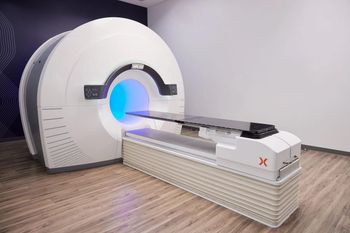
The Reading Room Podcast: A Closer Look at Remote MRI Safety, Part 1
In the first of a multi-part podcast episode, Emanuel Kanal, MD and Tobias Gilk share their insights and perspectives on remote MRI safety.
While emphasizing the importance of site-specific standard operating procedures (SOPs) with remote magnetic resonance imaging (MRI) safety, Emanuel Kanal, M.D., said on a
“The most knowledgeable person about MR safety in general is the MR technologist. They're worth their weight in gold. They're the ones that that guard the site. They oversee the site. They protect the patient, health-care practitioners, the site itself and their interests. They're the most knowledgeable, almost across the board, and they've been removed from the site,” pointed out Dr. Kanal, chief of the Division of Emergency Radiology and director of Magnetic Resonance Services with the University of Pittsburgh Medical Center in Pittsburgh, Pa.
“ … Now we’re facing the situation with the full remote operation clinical scanning … which is really going to necessitate that we figure out who that person is, what training or competencies we expect that person to have, how that new person plugs into a workflow, and as Dr. Kanal described, situational responsibility (and) situational authority in that environment,” added Tobias Gilk, the founder of Gilk Radiology Consultants, a senior vice president of RADIOLOGY-Planning, and a board member of the American Board of Magnetic Resonance Safety (ABMRS).
Dr. Kanal added that remote MRI scanning currently isn’t addressed in the Manual on MR Safety from the American College of Radiology (ACR). However, Dr. Kanal noted there will a section on remote MRI safety at the upcoming Radiological Society of North America (RSNA) conference (Nov. 30-Dec. 4, 2025) that he will be moderating as well as forthcoming announcements from the ABMRS.
(Editor’s note: For related content, see “
For more insights from Emanuel Kanal, MD and Tobias Gilk, listen below or
Reference
- Kanal E. Divided liability remote MR scanning. J Magn Reson Imaging. 2024;59(1):337-339.
Newsletter
Stay at the forefront of radiology with the Diagnostic Imaging newsletter, delivering the latest news, clinical insights, and imaging advancements for today’s radiologists.




























